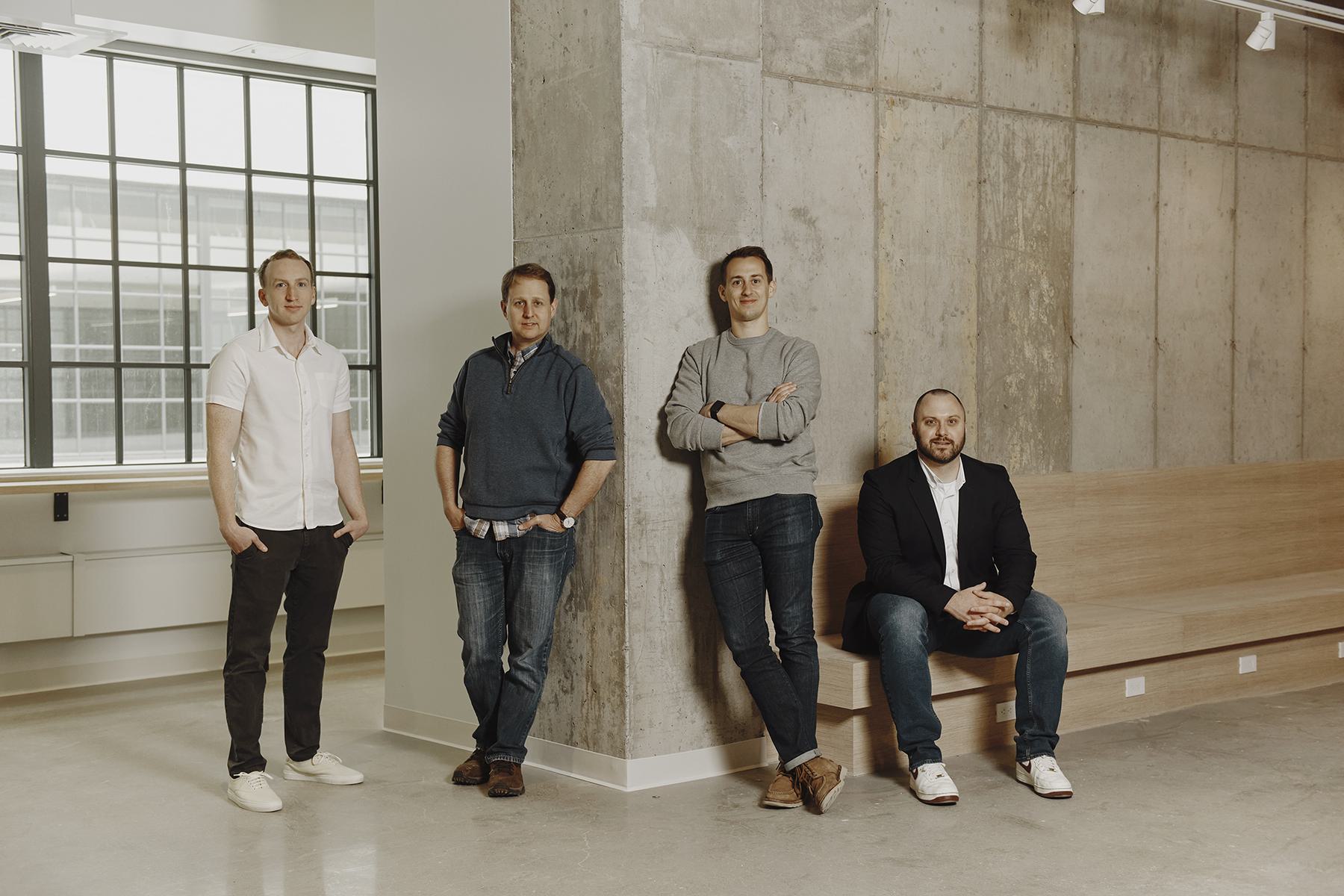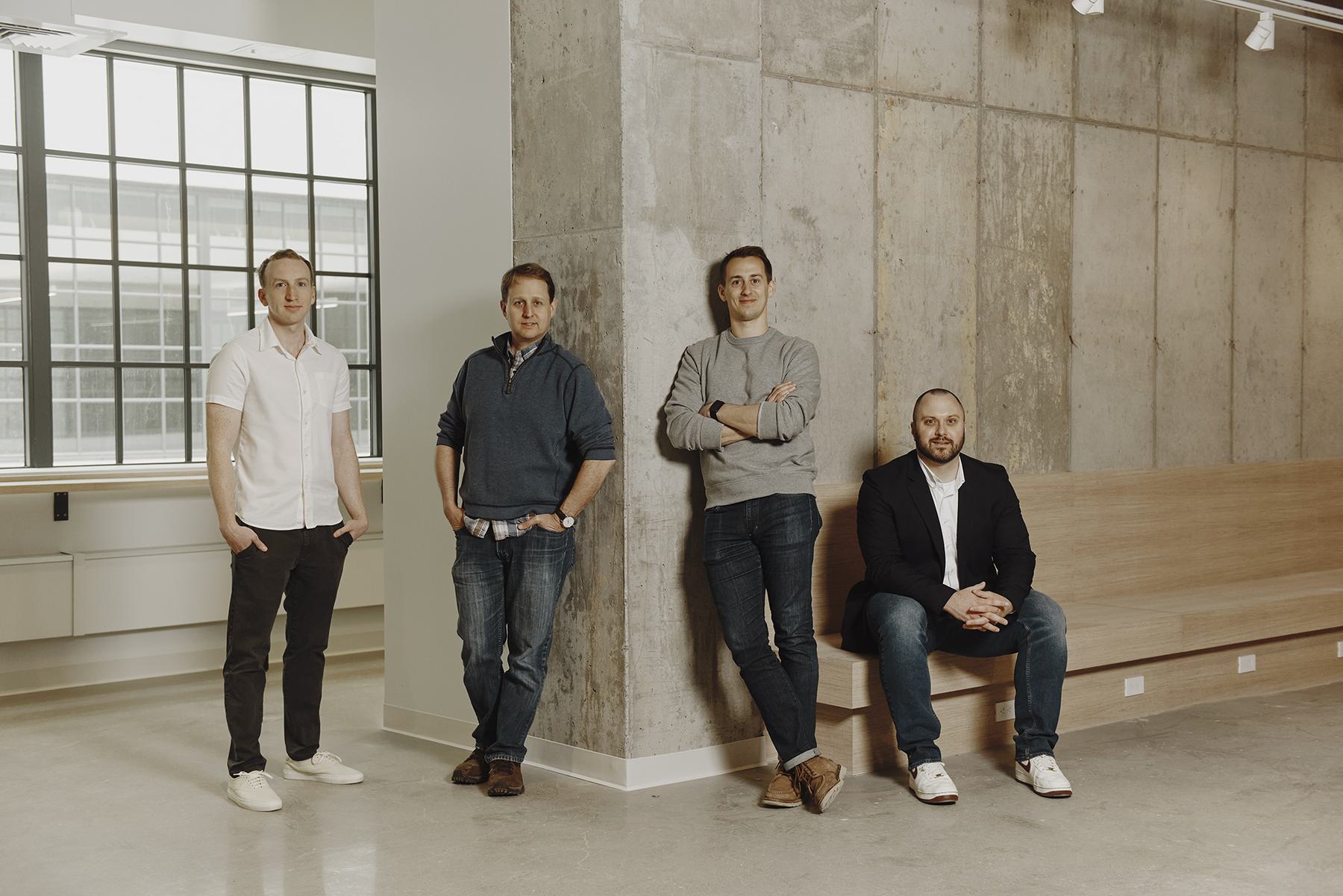Next generation of super metal alloys, enabling a critical step to the energy transition.
In the years following World War II, engineers used their growing mastery of new materials to design machines that changed history. “Space age” alloys like titanium, aluminum and Inconel became the platform for entirely new categories of technology—like spacecraft and jumbo jets, deepwater drilling rigs and complex prosthetics. Today’s engineers, newly empowered by digital design tools, are making breakthroughs again—yet they are still dependent on those 20th century materials. “They are sitting down to work with the metals their grandparents used for the Saturn rockets that took people to the moon,” says Jake Guglin, CEO of Foundation Alloy. The next generation of technologies need a step change in performance—and they need the design flexibility offered by new manufacturing techniques, like 3D printing. “We have an opportunity to answer the mail on both,” says Guglin.
Foundation Alloy, a startup out of MIT’s Department of Materials Science and Engineering, and University of California, Irvine’s Nanoscale Mechanics and Materials Laboratory, is creating a vertically integrated metal part production platform that aims to be the enabling technology—the foundation—for the next generation of industry. Its unique IP is a groundbreaking approach to the microstructure design of metals, based on the complementary work of Professors Chris Schuh and Tim Rupert. Their research is powering a design platform for new alloys that combine unprecedented performance with a unique suitability to today’s advanced manufacturing techniques.
The new alloys’ first benefit is flexibility. Foundation’s high performance metals unlock new paradigms for iterative design, by eliminating many of 3D-printing’s existing constraints. The secret is in the way they sinter—or, loosely, harden. Thanks to their proprietary microstructures, developed over decades of research in Schuh’s lab at MIT, Foundation’s alloys sinter in less time, at lower temperatures, and to full density—without deforming. That means engineers can design components in the precise shapes they want, without sacrificing strength and performance. They can get them made faster too. Unlike 3D-printed components produced from existing metals, which typically require extensive post-manufacturing processing to improve and verify their quality and consistency, components made from Foundation’s alloys print better from the start, thanks to their improved sintering profile. The result is a more economical and less energy-intensive manufacturing process.
This suitability to additive manufacturing is itself revolutionary: it enables not merely shorter production times, but a wholesale re-imagining of the high-performance component supply chain. Additive manufacturing produces less waste and allows for better geometries compared to traditional manufacturing techniques, like casting and forging. But it also accelerates the cycle of innovation. With the ability to prototype a new design every week—rather than waiting for months on the existing supply chain—engineers can iterate inside their competitors’ decision loop. From there, the business advantages mount: a shorter supply chain increases flexibility, unlocks working capital, and reduces inventory risk.
That step change in manufacturing flexibility is matched by a similar leap in performance. Foundation’s new alloys offer significant improvements in properties like specific strength and toughness over high performance materials like Inconel and niobium, as well as workhorses like copper and bronze. For example, Foundation Alloy has produced a molybdenum-based alloy (often used in high heat applications) with 3x the hardness of TZM, the current market leader, while maintaining other critical properties like ductility. (It’s also highly sinterable, making it better suited to additive manufacturing than TZM.) Under the direction of Jasper Lienhard, Head of Research & Development, Foundation’s design platforms will facilitate further performance improvements, while also seeding a growing library of new alloys, beginning with the nickel, copper, and molybdenum families.
To leverage these novel raw materials, Foundation Alloy is building a vertically integrated manufacturing process, to holistically control all of the steps from order to shipment. “Our goal is to deliver components to innovators in all industries that are better across every metric,” says Guglin. “With our new alloys, we can make parts faster, cheaper, greener and with higher performance—giving engineers new confidence to design the machines of the future.”

